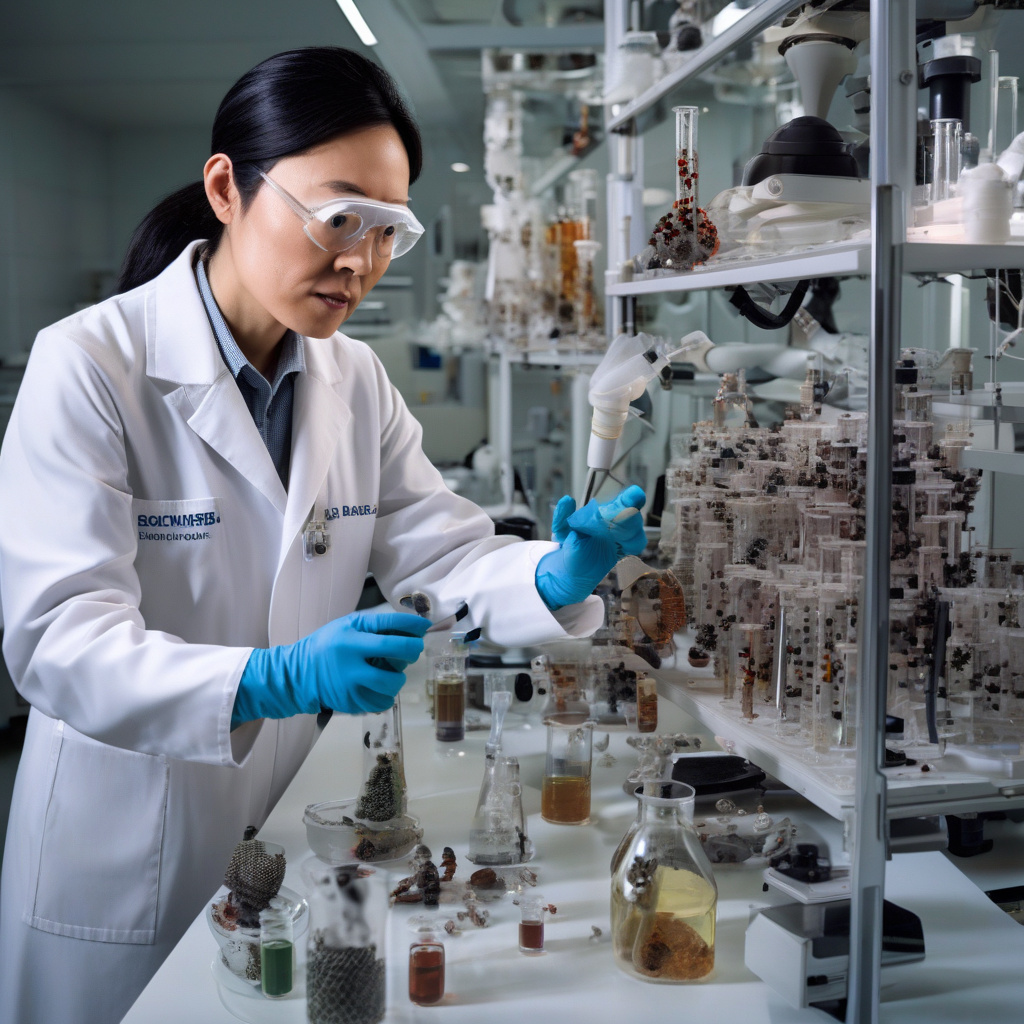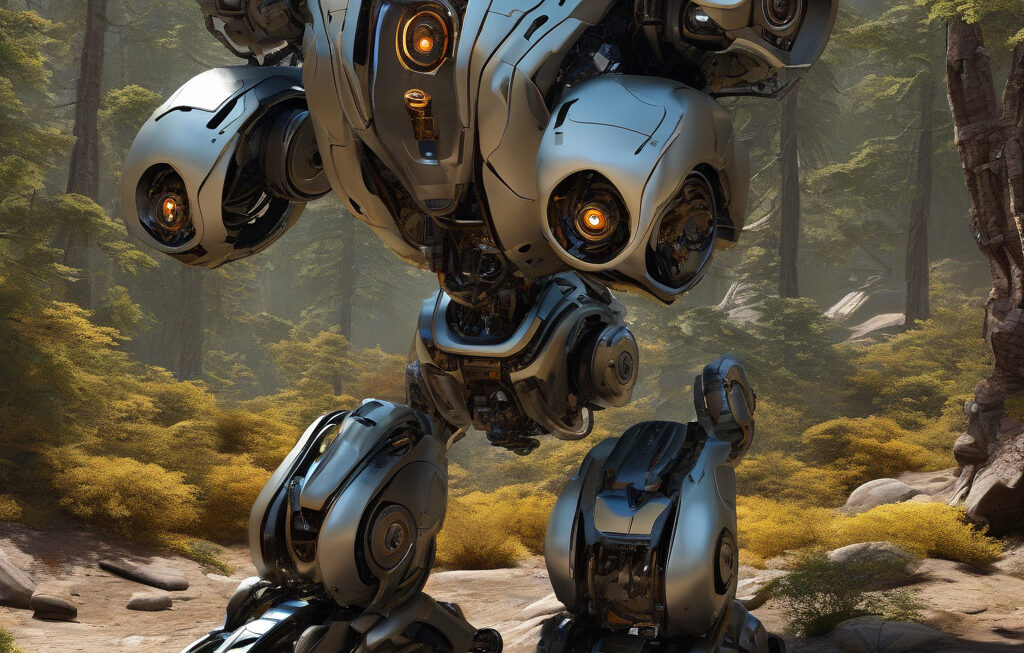Fold it, stretch it, build it: biomimicry with Dr. Shu Yang
In our latest episode of Lexicon, we’re joined by Dr. Shu Yang, the Joseph Bordogna Professor of Chemical and Biomolecular Engineering at the University of Pennsylvania. Dr. Yang is a trailblazer in the field of biomimicry, drawing inspiration from nature to create innovative materials and structures that have the potential to revolutionize various industries.
Biomimicry, often referred to as “biomimetics,” is the practice of emulating nature’s time-tested patterns and strategies to solve human challenges. Dr. Yang’s work focuses on harnessing the design principles found in natural materials, such as the self-healing properties of skin or the structural strength of bones, to develop next-generation technologies.
One of Dr. Yang’s notable research projects involves the development of materials that can mimic the remarkable properties of spider silk. Spider silk is known for its exceptional strength and elasticity, surpassing even steel in terms of toughness. By understanding the molecular structure of spider silk and replicating its key components, Dr. Yang aims to create synthetic fibers that are not only lightweight but also incredibly strong.
But biomimicry goes beyond just replicating materials; it extends to the design of structures and systems as well. Dr. Yang and her team have looked to natural forms, such as origami and the folding patterns of proteins, to create novel architectures with unique properties. By borrowing concepts from nature’s playbook, they have developed materials that can fold and unfold on command, paving the way for applications in robotics, aerospace, and beyond.
The potential applications of biomimicry are vast and varied. From self-healing concrete inspired by the way bones regenerate to solar panels modeled after the intricate designs of leaves, nature offers a wealth of inspiration for innovation. By tapping into these biological blueprints, researchers like Dr. Shu Yang are pushing the boundaries of what is possible in materials science and engineering.
Beyond the technical advancements, biomimicry also holds promise for sustainability and environmental conservation. By designing products and processes that mirror nature’s efficiency and resilience, we can reduce waste, energy consumption, and environmental impact. For example, studying how termite mounds regulate temperature has inspired the development of passive cooling systems for buildings, decreasing the need for traditional energy-intensive air conditioning.
As we look to the future, biomimicry stands out as a powerful tool for driving progress across industries. By learning from the natural world and applying those lessons creatively, researchers and innovators have the potential to solve some of the most pressing challenges of our time. Dr. Shu Yang’s pioneering work serves as a testament to the boundless possibilities that biomimicry offers.
So, whether it’s folding materials like origami, stretching the limits of traditional engineering, or building structures inspired by the wonders of nature, biomimicry continues to shape the way we innovate and create.
biomimicry, innovation, sustainability, materials science, Dr. Shu Yang












